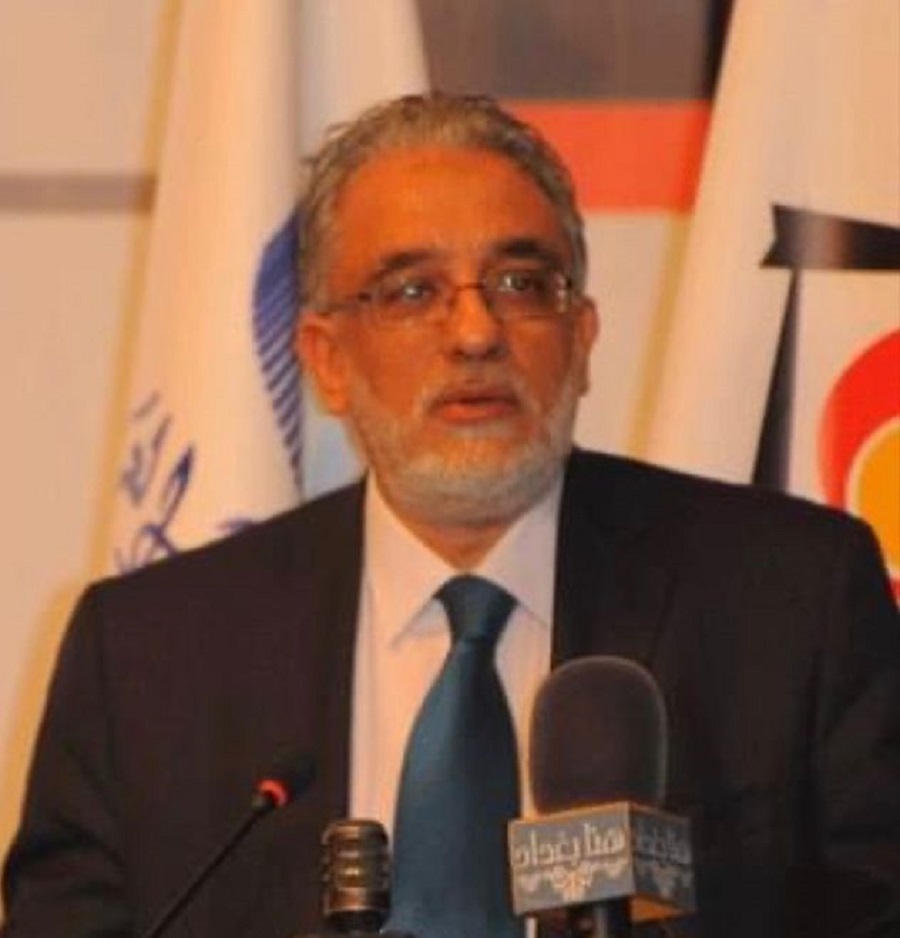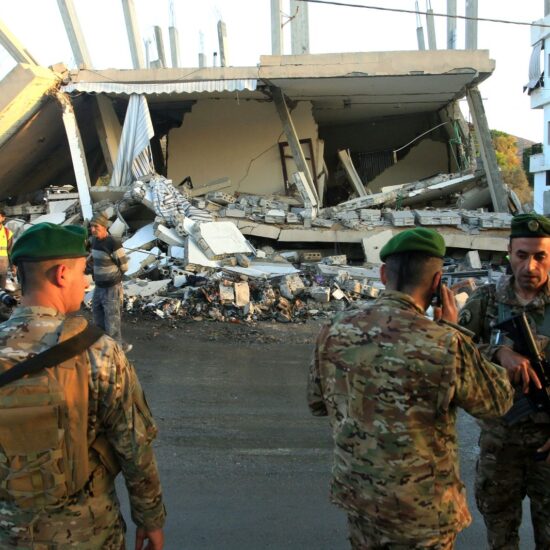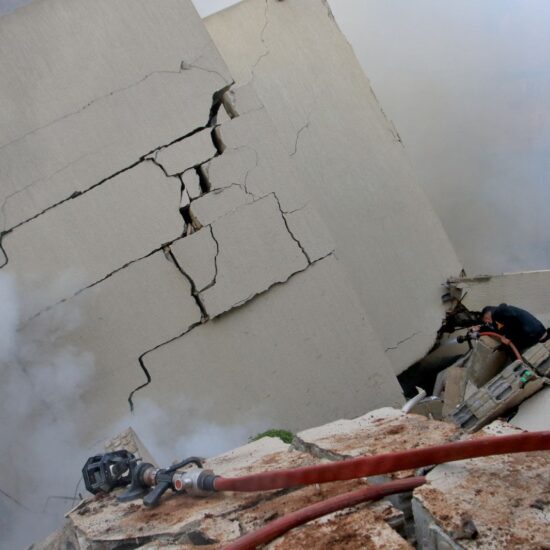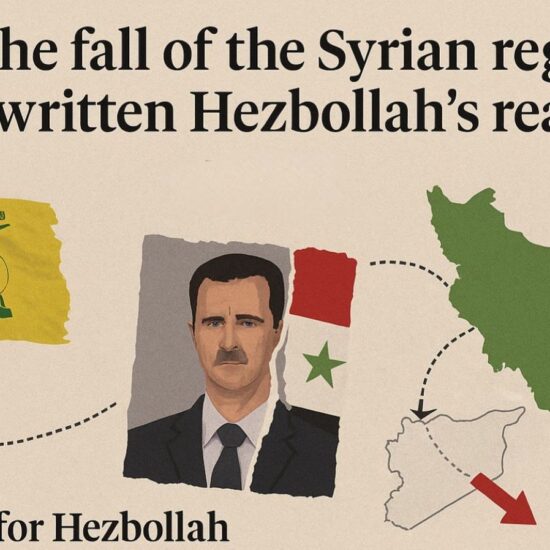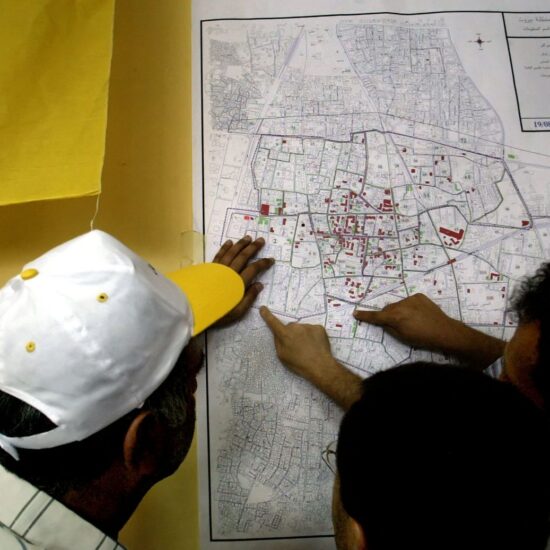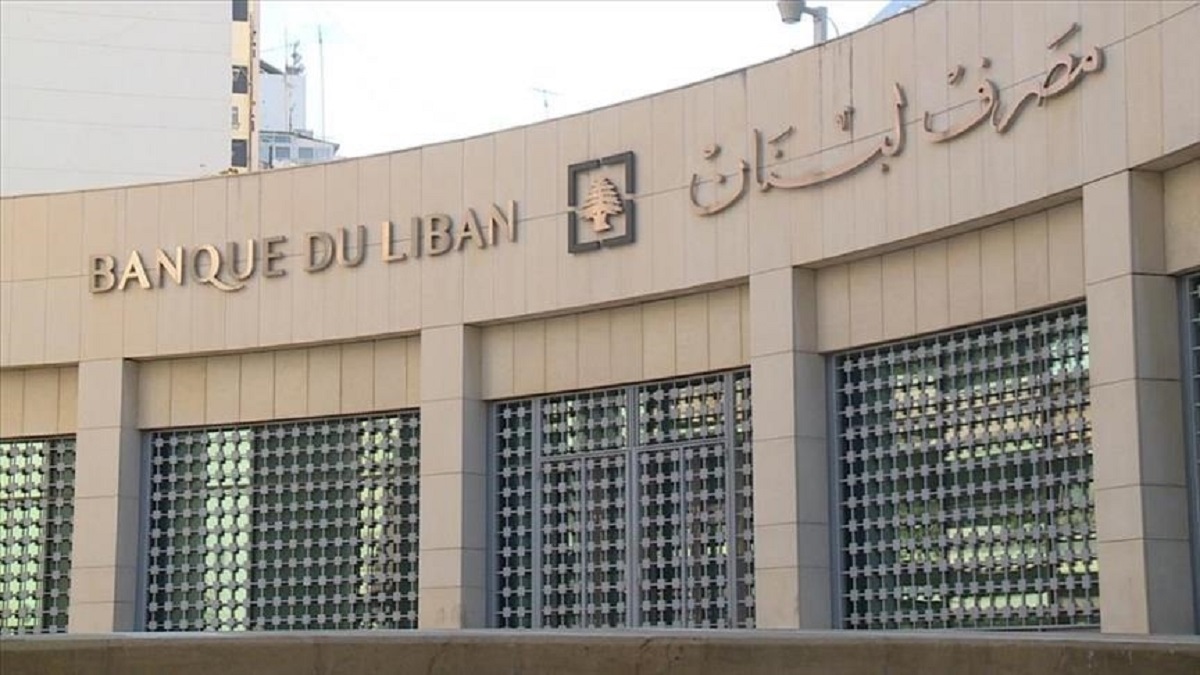
2024 to Introduce a "Managed Float" of the Lira - Is Full Dollarization on the Horizon?
Following diverse policy recommendations in 2023, post the successful dismantling of the Sayrafa platform for all foreign currency transactions, the lira is poised for a “de-jure” and “de-facto” managed float in 2024. This move is expected to have a significant impact on Lebanon’s economic drive toward full dollarization. Despite a moderated pace of exchange rate depreciation, with the banknote market exchange rate temporarily stabilizing around 90,000 LBP/US$ since July 2023, Lebanon is set for a “Managed Float” of the Lebanese pound in 2024.
The Central Bank of Lebanon scrapped the exchange rate of the platform, currently at 85,500 Lebanese pounds per dollar, choosing instead the actual market rate of 89,500 Lebanese pounds per dollar. This shift is seen as an additional step towards unifying exchange rates. The subsequent move involves canceling the official exchange rate (15,000 Lebanese pounds) if the Parliament approves the 2024 budget based on the actual dollar rate. In such a scenario, the Central Bank of Lebanon will annul Circular 151, and banks will pay depositors at the actual dollar rate in the parallel market.
While the pace of exchange rate depreciation has temporarily moderated since July 2023, the Lebanese pound faced a significant depreciation from January to March 2023, reaching its weakest point of 134,900 LBP/US$ on March 21. In response, the BdL declared, on March 21, its readiness to sell dollars on the Sayrafa platform and raised the Sayrafa rate to 90,000 LBP/US$. BdL’s foreign exchange rate interventions, coupled with an increase in foreign exchange inflows from tourism services and remittances, proved adequate to stem the rapid depreciation. However, the currency lost more than 98.3 percent of its pre-crisis value by July 2023, a rate expected to hold through 2024.
The Central Bank’s fragmented exchange rate policy from 2019 to mid-2023 created market distortions, spurred dollarization, and contributed to the decline of formal financial cycles, an unfair distribution of losses, and widespread poverty. In 2024, exchange rates are slated to be unified for all foreign currency transactions, including the collection of taxes, import duties, and currency conversions made at money changers.
As Lebanon heads into 2024 without a president and unresolved political issues after 12 intermittent parliamentary sessions, analysts warn of the urgent need for critical structural reforms. Fitch Ratings predicts Lebanon’s inflation will accelerate from 171.2 percent in 2022 to a nearly four-decade high of 255 percent in 2023.
A “de-jure” transition
Key to an imminent floating rate was a council of minister’s decision to give the green light to the Central Bank of Lebanon to list the exchange rate of the Lebanese pound on the Bloomberg platform. The Bloomberg platform is an exchange rate determination electronic platform set up through international providers. This move, in fact, signifies official market dollarization. Import subsidies of key commodities supported by Central Bank-issued USD lines of credit, initiated in 2019, drove import dependency and nearly depleted the Central Bank’s foreign currency reserves.
Recent policy changes also signal a shift toward official, “de jure” dollarization, such as allowing civil servants to exchange their LBP salaries for USD through the Sayrafa platform and permitting retailers to display prices in USD. Finally, the 2024 budget brings about a dollarization of taxes and tariffs for practically all government services.
Dollarization means the Central Bank can’t keep printing currency that fuels inflation, and having a more reliable currency might create more confidence for businesses. However, many people’s budgets could be further squeezed if Beirut officially adopts the greenback unofficially as its currency. Over 90% of the population earns their income in Lebanese pounds, according to a 2022 survey by the International Labor Organization and the Lebanese government’s statistics agency.
Consequently, the move will see a transparent inflow of Lebanese pounds and demand for dollars to the Central Bank of Lebanon, thus reducing LP liquidity and arbitrage in the market.
A “de facto” transition
The shift to a more dollar-dominated economy did not happen by government decree, but by companies and individuals refusing to accept payment in a currency that relentlessly loses value. First, luxury goods and services were priced in dollars for the wealthy, tourists, and owners of private generators, who have to pay for imported diesel. Then it was mostly restaurants. Lately, grocery stores and other commercial shops have also made the shift to the greenback.
Given the current condition of the Lebanese currency, there is no way to regain trust in a “Lirafication” process. Lebanon needs to transition away from its failed economic model. Can this model be sustainable?
A Harvard research report on the economic and financial crisis in Lebanon suggests that the first step to recovery is to entirely dollarize the Lebanese economy. “In a context of weak policy credibility and recognizing that the economy and the financial system are already highly de facto dollarized, we deem official dollarization the superior alternative,” stated the report. Dollarization could give the impression of greater financial stability, but it also will widen already vast economic inequalities, experts fear.
The research argues that maintaining a floating exchange rate alongside an economic policy that perpetuates specific inflation levels, in an already heavily dollarized economy, would prolong instability in the macroeconomic environment and “slow down” economic recovery.
However, despite its appeal, the total dollarization of a country like Lebanon is not without its limitations. The economy would still need to attract a stable flow of foreign currency to avoid collapse. Currently, diaspora remittances stand at some USD 6 billion yearly.
The report acknowledges this risk, among others, including the potential loss of “monetary autonomy.” However, it maintains that this solution is the only viable alternative for Lebanon given the financial and institutional circumstances. Harvard growth lab said the full move to dollarization needs to be coupled with an economic recovery plan, mainly stating that there is a need for resolving banking and central bank insolvency by immediately converting USD 76 billion in excess claims on the banks and Banque du Liban into claims on the government while protecting deposits below USD 100,000-150,000.
Also, restructuring the public sector debt in the context of an IMF agreement that involves a gradual fiscal adjustment, achieving a 3 percent primary surplus by 2030 and including USD 8 billion in additional financing needs would be imperative. This would necessitate an expected haircut of 82-90 percent.
Finally, the government would need to develop new drivers of economic growth based on agricultural value chains, tourism, natural gas, and high-skill business services.
The Harvard report states that the crisis resolution plan will enable the economy to narrow the gap with its potential but also to develop new drivers for growth. Full dollarization, the rapid resolution of the banking crisis, and a gradual resumption of credit, improved fiscal accounts, and the eventual resolution of the debt crisis will underpin economic recovery. This recovery will have to go beyond restoring the previous economic structure, which lacked dynamism, and increasingly rely on newer sources of growth based on the country’s evolving comparative advantage.
Given the continued losses to the Lebanese Lira, are there other alternatives to dollar
Maan Barazy is an economist and founder and president of the National Council of Entrepreneurship and Innovation. He tweets @maanbarazy.
The views in this story reflect those of the author alone and do not necessarily reflect the beliefs of NOW.


